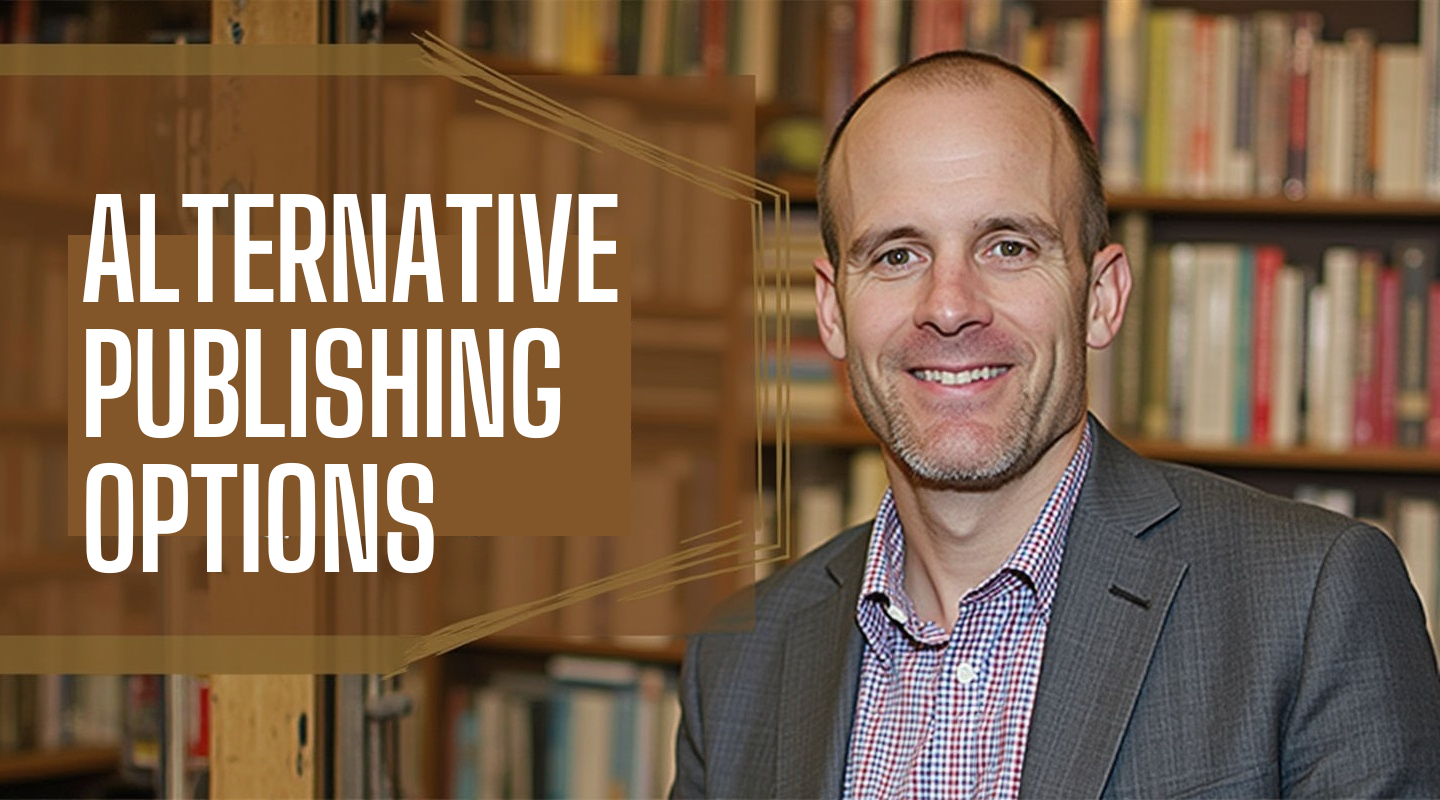What Does Mindfulness Really Mean? A Deeper Look at Its Definition
Did you know that mindfulness has roots in ancient Eastern traditions, dating back thousands of years? Despite its long history, many people are unaware of its profound impact on mental well-being and emotional resilience. By understanding mindfulness, you can learn to navigate life’s challenges with greater ease. But what exactly does mindfulness entail, and how can it transform your life? Let’s explore its core principles and discover practical ways to incorporate it into your daily routine.
The Historical Roots of Mindfulness
Mindfulness, though a modern buzzword, actually has roots stretching back thousands of years. You might be surprised to learn that ancient practices from Eastern traditions like Buddhism and Hinduism laid the groundwork for today’s mindfulness.
In these cultures, mindfulness was a path to spiritual enlightenment and self-awareness. Think about how Buddhist monks practiced meditation as early as the 6th century BCE. Their focus was on being present and fully engaging with each moment.
This ancient wisdom has influenced modern mindfulness techniques, which you now see in schools, workplaces, and therapy sessions. The historical foundation provides depth and credibility to mindfulness practices today.
Exploring the Core Principles of Mindfulness
Ancient wisdom not only enriches modern mindfulness practices but also reveals the core principles that guide them.
At the heart of mindfulness lies awareness—an intentional focus on the present moment. You cultivate this by observing thoughts and feelings without judgment. Equally important is acceptance, embracing experiences as they are, not as you wish they were. This practice fosters resilience and emotional balance.
Additionally, consider the principle of non-attachment. It teaches you to let go of clinging to outcomes, reducing stress and enhancing adaptability.
Lastly, compassion for yourself and others strengthens relationships, fostering a sense of interconnectedness and empathy in daily interactions.
Practical Ways to Incorporate Mindfulness Into Daily Life
To seamlessly weave mindfulness into your daily routine, start small and build habits that fit naturally into your lifestyle.
Begin with a five-minute morning meditation, focusing on your breath. Use mindful eating by savoring each bite and noticing textures and flavors.
During your commute, try mindful listening to your favorite music or podcast, focusing on each sound. At work, take a moment every hour to stretch and breathe deeply, reducing stress and increasing productivity.
Incorporate mindfulness into your evening by reflecting on three things you’re grateful for before bed.
Consistency is key; these small changes can significantly enhance your overall well-being.
Conclusion
So, you’ve explored the historical roots and core principles of mindfulness, and maybe even tried a few practical tips. Now, you’re basically on your way to becoming a Zen master, right? Just remember, when your boss is breathing down your neck, simply breathe out your stress and embrace the chaos. Mindfulness is your secret weapon for surviving life’s curveballs, one mindful moment at a time. Who knew inner peace could be so… strategic?


